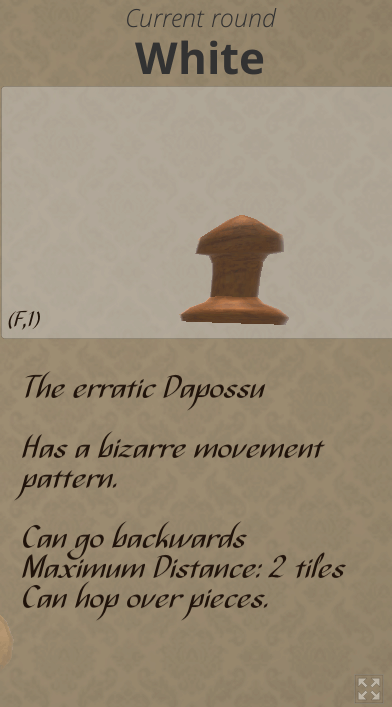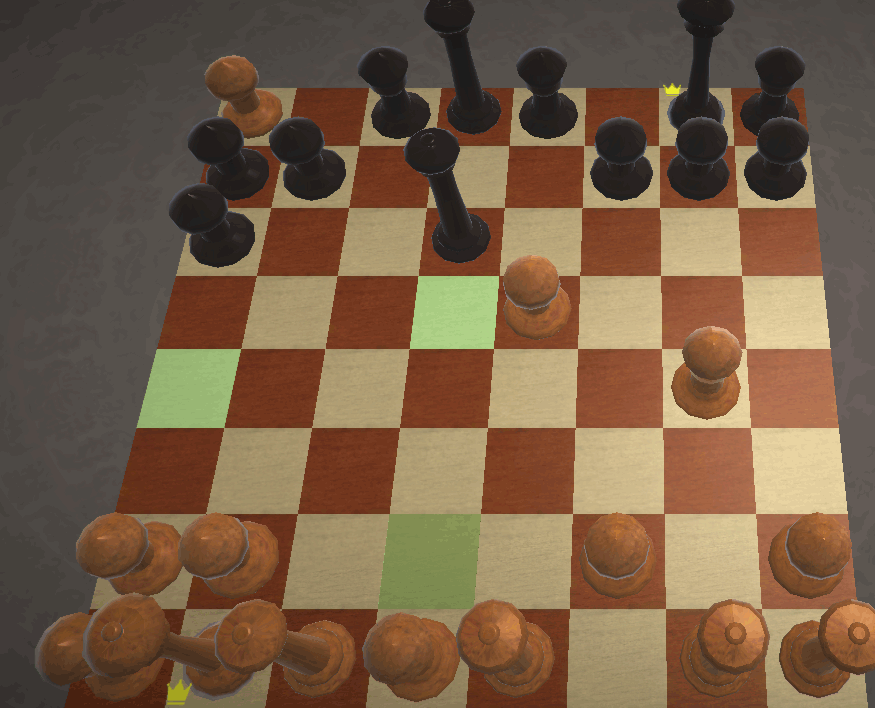

X, a Game of Y Z (Procgen 2015)
Chess, in its long history, is a game that is both intensely naturally mathematical and subject to many variations. X, a game of Y Z takes that to its logical conclusion.
Chess is a fertile field for game designers. Ever since it was invented in (most probably) India, Chess has been changing. The basic structure of a grid of squares with pieces that moved in distinct patterns developed in many different ways. There’s the Chinese branch of the game, Xiangqi; Shogi; Janggi; Tamerlane Chess; Chu Shogi; Capablanca’s Chess; Jetan; Wildebeest Chess; and many more recent variations. Not to mention the variants the play with the board or other parts of the game, like Alice Chess or Kriegspiel Chess. There was even a Byzantine board variant that was structured as a loop, with the ends connected.
Fairy chess problems have a long tradition of using additional, invented pieces to complicate the problems. ChessVariants.com has a Piececlopedia of dozens of different pieces that have been used in Chess variants over the years.
Since fairy chess pieces mainly differ in the way that they move, X, a game of Y Z uses this to create infinite variations of Chess, inventing new pieces for each game. Many of which are very silly, or alternately mind-bendingly complicated as you try to work out the implications of how most of your pieces can only move diagonally.
The post-jam version of the game has a very basic AI, which won’t put up all that much of a fight but definitely knows how to use the Dapossu better than I do.
